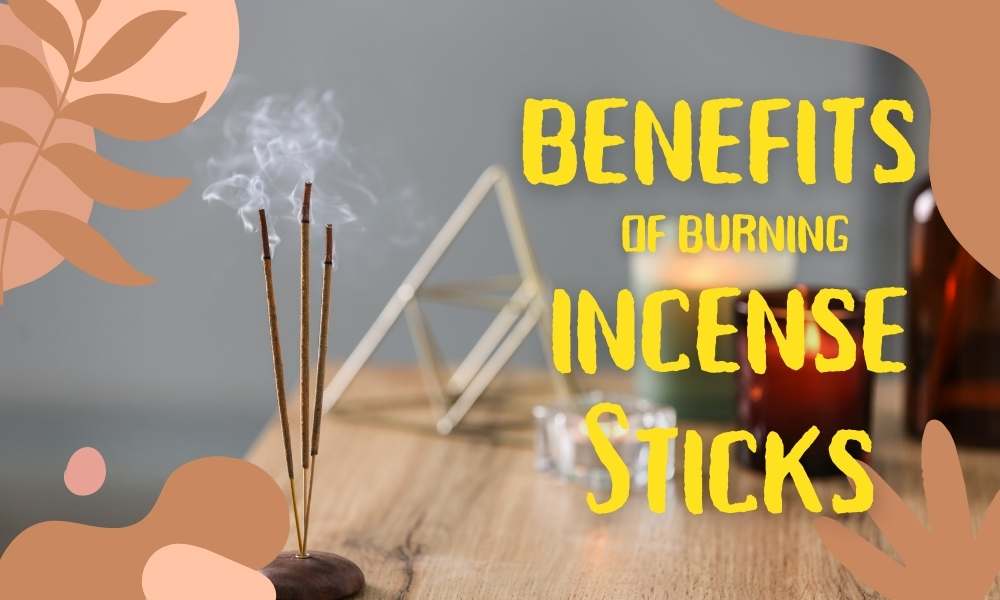For ages India has been known for its diversified culture and with culture come various sites and rituals. A place where culture is a legacy and to keep this legacy alive, we follow various customs, passed from our ancestors over centuries.
Exploring the Sacred Tradition of Burning Dhoop Sticks in India –
Santana Dharma, which came into existence about 10,000 years ago, is accountable for various customs, which are done for spirituality. Among many offerings, one is burning Dhoop Sticks or incense sticks. It is one of the sixteen stages of worship.
The Significance of Dhoop Sticks: A Symbolic Offering of Gratitude –
It is believed that burning dhoop sticks is a sense of offering gratitude towards God. It is very symbolic and has a deep meaning. It is also thought that it brings positivity. Though dhoop sticks burn totally to ashes, their influence can be felt by the mesmerizing fragrance left behind. It helps in maintaining positive vibes in surroundings in home, office or temples.
The Historical Evolution of Incense: From Ancient Times to Modern Practices –
Early evidence of incense use dates back to the Neolithic or chalcolithic periods (3300 – 1300 BC). One of the oldest textual sources on incense can be found in Vedas, specifically in Atharvaveda and Rigveda, which encouraged a uniform method of making incense. The modern system of organized incense-making was in the hands of medicinal priests of the time. Hence, modern incense making is primarily linked to the Ayurvedic medical system.
The Three Types of Incense: Niryasa, Sarin, and Kritrima –
Mahabharata classifies incense (Dhoop) into three types: Niryasa (resins), Sarin (heartwood from aloeswood, sandalwood, flowers, herbs), and Kritrima (artificially produced or manufactured like molasses). The blend of these three types of ingredients formed the basis of incense making since ancient periods.
Dhoop and Gandha: Essential Accessories in Hindu Worship –
Dhoop (Incense) and Gandha (Perfume) are two of the five accessories of religious worship in Hinduism, with the other three being Pushpa (Flower), Dipa (Lamp), and Nivedyam (Offering). The practice of incense as a healing tool or modern-day aromatherapy was assimilated into the religious practices of the time. As Hinduism matured and Buddhism came into existence, incense also became an integral part of Buddhism as well.
The Healing Power of Incense: Benefits for Body and Mind –
Increasing Concentration and Building Focus
It helps in increasing concentration and building focus by relieving our mind from stress and diminishing the distraction that hinders our thoughts. Sweet fragrances like Mogra and Vetiver enhance our brain productivity.
Euphoria and Eliminating Negative Energy
They affect the regions in our brain responsible for creativity, thus making us more creative. The sweet fragrance of Dhoop Sticks brings a feeling of euphoria by eliminating all the negative energy around us. Use of Kailapira incense sticks for purifying and positive vibes – https://kailapira.com/product/dhoop-sticks-8-inches-premium-dhoop-batti-incense-sticks-pack-of-4-x-40-sticks/
Purifying the Air and Creating Positive Vibes
It purifies the air and fills the place with good vibrations. It helps to develop humility in our nature, and when humility is achieved, peace naturally comes in. Also, during Yoga Workouts and in relaxing Spas, incense like rosewood and cinnamon can be used, as it clarifies our mind to concentrate only on our body. Use of Kailapira incense sticks for purifying and positive vibes – https://kailapira.com/product/dhoop-sticks-8-inches-premium-dhoop-batti-incense-sticks-pack-of-4-x-40-sticks/

